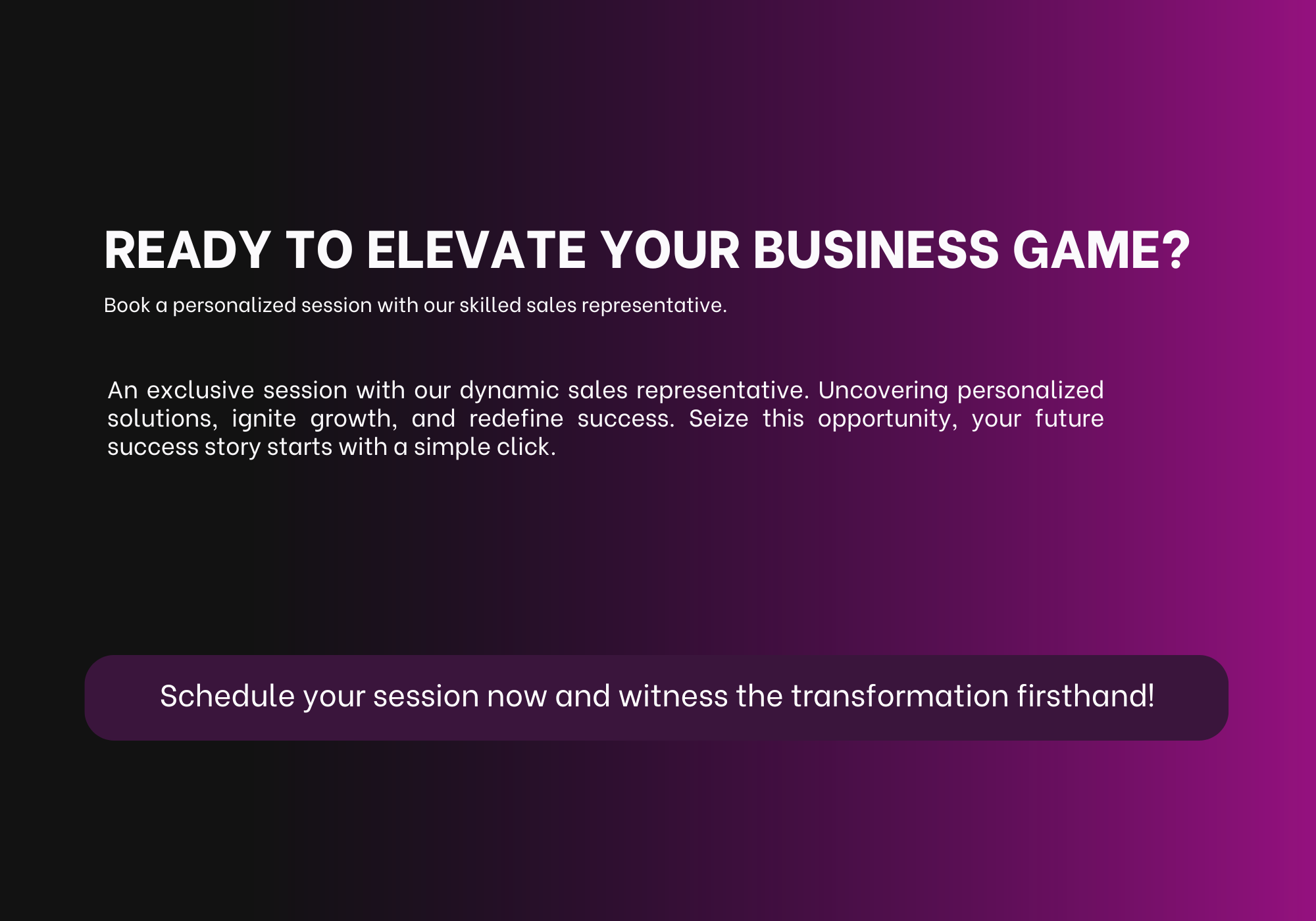Most marketers hold to the same A/B testing methodologies, changing a button colour, changing the wording in a headline, or swapping an image. But if you want to find overlooked opportunities and accelerate growth, you need to get creative. Here are five A/B test ideas that are creative and go beyond the simple stuff and could create new insights about your audience’s behaviour.
- Flip the Funnel: Test Bottom-of-Funnel Messages on Top-of-Funnel Pages
In the past few years, it’s been common to think of “top of the funnel” as being all about awareness and “bottom of the funnel” as more towards the decision stage (like pricing info, reviews, and guarantees). In many cases, marketers tend to hold off providing detailed information as you get closer to making a decision, which supports the funnel as it is intended to work. But what happens if you try to put bottom-of-funnel elements earlier in the journey?
This could be really interesting when you think about what you might do to introduce trust-building content right on your homepage or limited top-of-funnel landing pages. Right from the very first touchpoint (like a testimonial or a money-back guarantee), you might see an immediate drop in hesitation or engagement.
For first-time visitors, they might feel assured by seeing this type of content up front, reducing the friction in exploring the site more as they continue with their journey. In some way, the whole funnel will exist just in the act of presenting a strong testimonial (and even showing any type of guarantee) as one way to “flip the funnel” logic, and in many ways accepting that there is going to be a funnel as the “best way” to keep customer documentation in place now lends toward shocking but reliable ways to accelerate a conversion early and earlier in the process.
- Emoji Experiments in Button Text
Emojis aren’t just for social media; they can add character, emotion, and a touch of clarity to many calls to action (CTAs). While a lot of marketers don’t want to use emojis because they think it looks unprofessional, think about it: a well-placed emoji can humanise your brand and make buttons pop. You should do a test of your normal CTA text and a couple of versions that add emojis related to urgency, celebration, or direction (🚀, 🎉, or 👉).
Think about this: “Get Started” versus “Get Started 🚀”, which is likely to influence how users perceive the action and make it feel more fun. You should definitely test because emojis might not be received well with all audiences and industries, but when they are, you can see a significant lift in your clicks.
3. Time-based Content Personalisation
User behaviour is not static; it changes over time. when it changes, the user may be experiencing better or worse moods, and the context may have changed in that time. There is a great opportunity here for A/B testing time-based personalisation of content!
Think about it: You are testing two homepages or two emails. One is using motivational productivity copy on Monday morning, and the other is using more outgoing, casual messaging on Friday afternoon. Because you are trying to align the tone and messaging with the audience’s thinking at a given time, this could create a better experience and impression for your audience. This is a good testing method to not only increase conversions; it could also provide further insight about when and how your users want to engage with your brand.
- Scroll-jacking (with caution!)
Scroll-jacking can be an unsure approach to design, as it gets lost from common behaviour and can irritate users. However, with due diligence, it is possible to make scrolling a fully interactive, narrative experience that engages visitors. You could try to test a version of your product or story page where each scroll reveals a section of content with an animation or transition that narrows user attention. This can be a highly impactful way to present information, especially for launches, special campaigns, or portfolios where you want the experience to have a “wow” factor. The most important aspect is to implement the scroll-jacking feature subtly so that the user still feels in control and is taken on the adventure.
- Experiment with a “Zero CTA” Landing Page
This may cause internal conflict, but taking all traditional CTAs off a landing page – buttons, “sign up” links and “learn more” prompts – isn’t as crazy an experiment as it sounds. Instead, use passive motivators like scroll depth tracking, exit intent pop-ups, or timed overlays to engage your users when they’re likely to want to engage with you. This minimalist technique will force you to create forceful content that convinces visitors without them feeling pushed. The test results will reveal how much potential headlines, visuals and messaging influence users’ decisions to engage with you! It will also reduce “banner blindness” or decision fatigue for competing CTAs or motivation, as well as let you engage your users in a new way.
A/B testing is a powerful tool if and only if you are using it to question assumptions and discover new opportunities. For example, you might run tests using turning your funnel messaging upside down, adding emojis, customising content by the time of day, utilising scroll-jacking, or even taking out CTAs entirely, exposing opportunities for more insights and wins.
A/B testing, when used creatively, optimises performance and allows you to understand audience motivations and decision-making preferences. Remember, the next time you design your A/B test, push your comfort zone; you never know what you’ll find.


